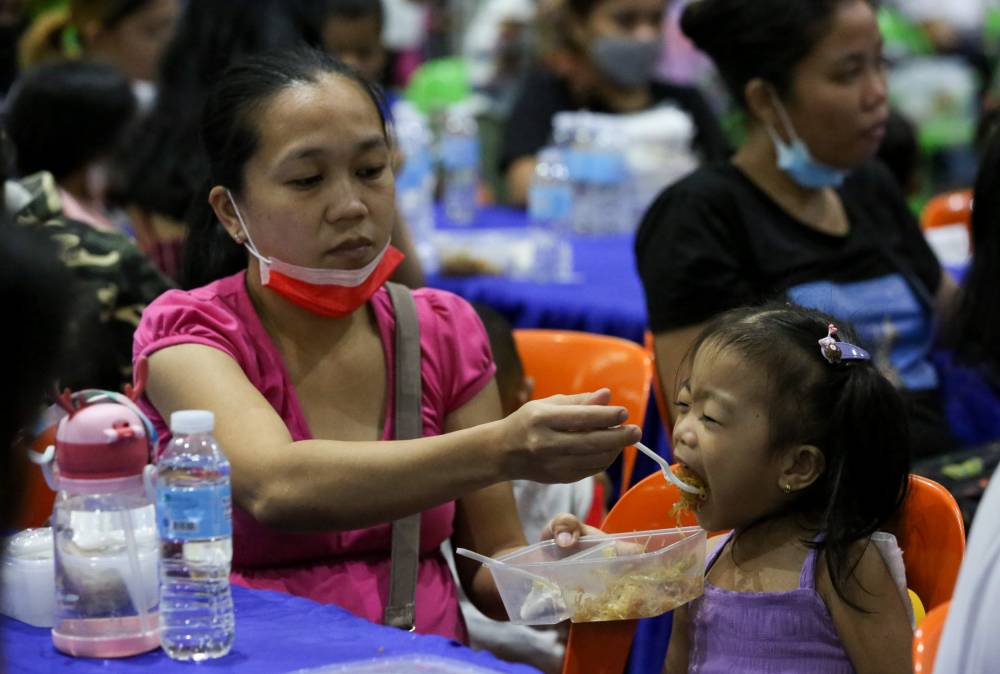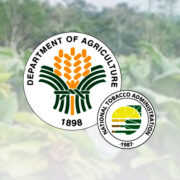Accelerating nutrition progress: A call for collective and collaborative action

As National Nutrition Month draws to a close, it’s essential to reflect on the ongoing issue of malnutrition in the country. The proclamation of July as Nutrition Month in 1974 through Presidential Decree 491 marked a significant milestone in raising awareness about the vital role of nutrition in Filipinos’ lives. Now, after 50 years, where do we stand?
Malnutrition presents in various forms, encompassing undernutrition (wasting, stunting, underweight), and the prevalence of overweight and obesity, leading to diet-related illnesses. Alarmingly, global data from 2022 revealed that 890 million adults are suffering from obesity and 390 million classified as underweight.
Children are equally impacted, with an estimated 149 million children under 5 experiencing stunting, 45 million dealing with wasting, and 37 million either overweight or obese. It is troubling that almost half of child deaths under five are attributed to undernutrition, particularly in low- and middle-income countries.
The landscape of child malnutrition in the Philippines, detailed in the Philippine Plan of Action for Nutrition (PPAN) 2023-2028, is disturbing. A significant 26.6 percent of Filipino children under five are stunted, while 5.5 percent suffer from wasting. Stunting rates have remained high over the last decade, particularly impacting children from the lowest wealth quintile.
Geographically, all regions in Visayas and Mindanao report high stunting rates, with the Bangsamoro Autonomous Region in Muslim Mindanao (BARMM) registering the highest at 45.2 percent. As children grow older, issues persist, with children aged 10-12 experiencing iodine deficiency at a rate of 12.4 percent, rising to 22 percent among lactating women.
The consequences of malnutrition are far-reaching, impeding development, straining economies, destabilizing societies, and burdening healthcare systems. Stunting, especially, is a predominantly irreversible outcome of poor nutrition and recurrent infections during a child’s critical first 1,000 days of life.
Stunted children often face adversity, struggle academically, and earn lower incomes as adults. This early setback affects individual futures and hampers economic progress, perpetuating cycles of poverty and inequity.
Stunting remains a significant public health challenge as the Philippines aims to ascend to an upper-middle-income country by 2025.
Despite commendable economic growth, the country’s stunting prevalence remains double that of the average in upper-middle-income nations. While the Philippines saw steady per capita income growth from 2000 to 2015, the reduction in stunting prevalence was minimal, in contrast to the advancements in other low- and middle-income countries facing similar obstacles.
The Philippine government has taken a comprehensive approach to address stunting and malnutrition nationwide. The PPAN highlights the importance of nutrition-sensitive agricultural practices and targeted interventions in childcare and food intake. A pivotal initiative within this plan is the First 1,000 Days Program, which concentrates on maternal and child health during the critical early years.
In addition, the government has secured a multi-billion peso loan from the World Bank for the Philippine Multisectoral Nutrition Program (PMNP). Spearheaded by the DOH and DSWD, this four-year project aims to implement a robust multi-sectoral strategy to deliver nutrition-specific and nutrition-sensitive interventions across various local government units (LGUs).
While these national government endeavors have shown promise, progress is gradual, falling short of the significant scale needed to cover 90 to 95 percent of our vulnerable population. Rapid upscale of existing initiatives is essential to effectively reach a more substantial population segment. Collaboration with LGUs and the private sector is crucial for successful implementation.
Provincial-based initiatives, like the Zuellig Family Foundation’s Provincial Nutrition Governance Program (PNGP), have effectively addressed systemic nutritional challenges, focusing on the health of pregnant women and children within specific age groups.
By enhancing the leadership and governance capacity of LGUs, the PNGP has been instrumental in advancing nutrition indicators in provinces such as Samar, Northern Samar, Saranggani, and Zamboanga del Norte. This has resulted in significant reductions in stunting and wasting rates among children and mitigating the prevalence of at-risk pregnant women.
President Bongbong Marcos’ emphasis on ensuring proper nutrition during the first 1,000 days of a child’s life as a critical strategy to combat malnutrition during his 2024 Sona underscores the significance of this issue and the necessity for unified action among all stakeholders.
By leveraging government initiatives and the active involvement of NGOs, civil society, and the private sector, significant progress can be made in addressing malnutrition. Let this serve as a call to action for collective efforts and collaborative endeavors toward aligning our nutrition indicators with those of an upper-middle-income country by 2025.
—————-
Dr. Anthony Rosendo “Tonyboy” Faraon is deputy executive director of Zuellig Family Foundation and chair of the Philippine Society of Public Health Physicians.

















